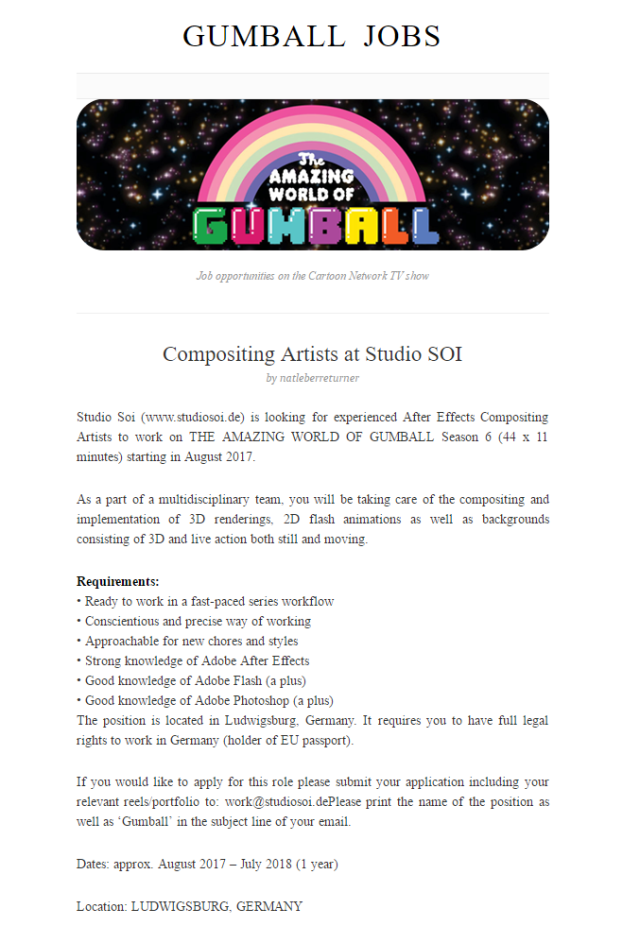Here’s my final showreel of my first year work. Being very selective, I’ve managed to keep it at just over 1 minute.
I’ve structured the editing and sequencing of the video heavily around the song I chose, Proleter’s ‘You Can Get It’. First there is a little introduction with a varied selection of my work from all disciplines then I start titling the sections of the video. I start with my work from TV Paint as its some of my favourite work comes from this and I’ve done a range of different things in the software.
Then I transition to work from After Effects with a lip sync clip. I decided to use the puppet I had created for that project to lip sync a small extract from the music instead of using one of the lip sync projects I’d used before to avoid having to turn down the music. I felt that using one of the clips I had already made would have felt a little out of place and would have ruined the pace of the video. That’s why I didn’t include the music from my ‘Animation to Sound’ clip.
Moving to stop motion, I really like the second clip of the rig smashing the orange ball. I managed to time that to hit the beat as well, which is quite satisfying to watch. Next comes my showcase of moving from reference video to first pass to finished mystery box sequence. The fade from Valentina to the first pass is very smooth as I managed to line up the footage so she and the puppet were the same size and so their steps were in time. That part looks fab.
Then I showcase a few character sheets which I threw in because I thought they looked nice and showed the initial plans for characters that are included in the reel.
Then I finish off with my work from CG which isn’t my best, which is why it comes last, but it does show I have a basic understanding of the software.
I round of the video with a little self portrait animation that grows, holds on normal, then explodes to reveal the title card. I quite like it as a little flourish to the reel, I just hope it’s recognisably me!














